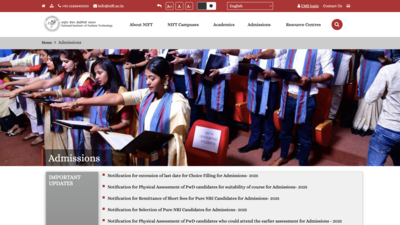Why US elite universities are borrowing billions despite massive endowments

As federal funding for research comes under intense scrutiny, some of the wealthiest universities in the US, including Harvard and Princeton, are turning to the bond market to raise billions in debt. This shift is occurring even as these institutions sit on multibillion-dollar endowments, signaling growing anxiety over the Trump administration’s aggressive moves against higher education funding.
According to Forbes, US colleges and universities issued $11.6 billion in municipal bonds in the first quarter of 2025, the highest on record for the sector. When including taxable bonds, the total climbs to $12.4 billion, making it the third-largest borrowing quarter ever, behind only the early Covid-19 crisis in Q2 2020 and the financial crash in Q1 2009. Analysts say the surge reveals a sector bracing for prolonged uncertainty amid shifting federal policies.
Elite institutions lead historic borrowing wave
Forbes reported that 90% of the borrowers in Q1 2025 were AAA or AA-rated institutions, up from 75% a year ago. Harvard University, with an endowment valued at $53.2 billion, is preparing to borrow $750 million through AAA-rated taxable bonds due on September 12, 2035. This new issuance will bring Harvard’s total pro forma debt obligations to around $8.8 billion, which includes $722 million in operating leases and $101 million in capital leases.
This will be Harvard’s second bond issuance of the year, following a $224 million tax-exempt deal in February. The latest financing comes just after the Trump administration announced a review of $256 million in federal contracts and $8.7 billion in multi-year grant commitments to the university. According to S&P Global Ratings, federal research funding contributed 11% to Harvard’s operating revenue in fiscal 2024, totaling $868 million.
Liquidity needs and policy pressures drive debt
Fred Prager, senior managing director at HilltopSecurities and a veteran higher education financier, told Forbes that institutions are seeking “bridging liquidity so they don’t have to dip too deeply into their reserves until the dust settles.” He noted that many have already imposed hiring freezes and staff cuts while waiting for clarity on federal support.
Princeton University is also preparing to issue $320 million in AAA-rated bonds to support its capital plan, which includes facility renewals and expansions in engineering and science. This would bring Princeton’s debt load to nearly $6 billion, according to Forbes. Similarly, Stanford University issued $327 million in taxable bonds in February, and Northwestern University raised $500 million in March.
Funding cuts seen as direct threat to higher education
The Trump administration has also reduced indirect cost recovery for research grants to 15%, a move that Prager described to Forbes as “taking a machine gun to the sector.” Moody’s has revised its outlook for US higher education to negative, citing pressures including cuts to research funding, policy enforcement on diversity programs, federal aid uncertainty, and potential tax hikes on endowments.
“This is falling into one of the three periods that have been the most uncertain in the past 20 years,” said Lisa Washburn, managing director at Municipal Market Analytics, as reported by Forbes. She added that many institutions are also establishing commercial paper programs and revolving loan facilities as precautionary measures.
As reported by Forbes, Prager warned that what universities face now is more than just fiscal turbulence. “This is a direct assault,” he said.






